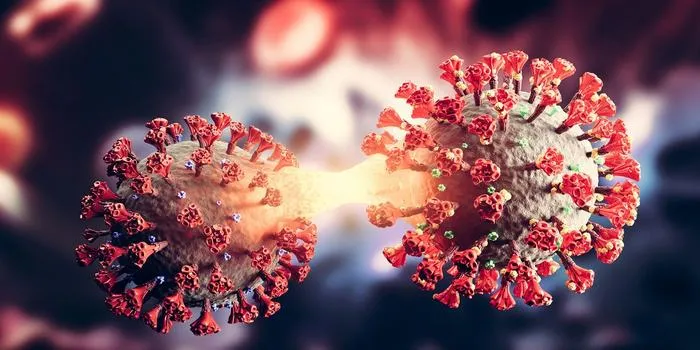What is the new COVID-19 variant BA.2?
BA.2 is a subvariant of the Omicron strain of COVID-19, characterized by its increased transmissibility and potential to evade immunity from previous infections or vaccinations. It emerged as a concern for public health officials due to its rapid spread in various regions. In addition, "The Big Apple" is a well-known nickname for New York City, reflecting its vibrant culture and significance in the arts and finance. Various other cities have their own unique nicknames, often rooted in history or local features.

Understanding the BA.2 Variant
The ''BA.2 variant'' is a subvariant of the Omicron strain of the SARS-CoV-2 virus, which has been a significant focus of public health discussions since its emergence. This variant has been noted for its increased transmissibility, which has raised concerns among health officials and researchers alike. Unlike its predecessor, BA.1, BA.2 has shown a unique ability to spread more rapidly, leading to spikes in COVID-19 cases in various regions globally.
Key Characteristics of BA.2
BA.2 shares many mutations with the original Omicron variant, but it also possesses some unique features that differentiate it. Here are some key characteristics:
| Characteristic | Details |
|---|---|
| Transmissibility | BA.2 has been found to be about 30% more transmissible than its predecessor, BA.1. |
| Symptoms | Symptoms associated with BA.2 are similar to other COVID-19 variants, including cough, fatigue, and loss of taste or smell. |
| Vaccine Efficacy | Current vaccines remain effective against severe disease caused by BA.2, although breakthrough infections may occur. |
| Geographical Spread | BA.2 has been detected in numerous countries, including the United States, India, and parts of Europe. |
Comparative Analysis of Variants
With the emergence of BA.2, health experts have been comparing it to other variants to understand its impact better. The following chart outlines the key differences between BA.2 and other notable variants:
| Variant | Transmissibility | Severity of Disease | Vaccine Efficacy |
|---|---|---|---|
| BA.1 | Reference | Moderate | Effective |
| BA.2 | Higher | Similar | Effective |
| Delta | Lower | Higher | Moderate |
| Alpha | Moderate | Higher | Effective |
Current Guidelines and Recommendations
As the ''BA.2 variant'' continues to spread, health authorities have updated their guidelines to help mitigate its impact. Here are some of the current recommendations:
- Continue wearing masks in crowded or enclosed spaces to reduce transmission.
- Stay up to date with vaccinations and booster shots, as they are crucial in preventing severe illness.
- Practice good hygiene, including regular hand washing and the use of hand sanitizers.
- Monitor local health advisories and be prepared for potential restrictions or recommendations in your area.
Impact on Public Health Policies
The emergence of the ''BA.2 variant'' has prompted many countries to reassess their public health policies. Governments are increasingly relying on data-driven approaches to manage the spread of COVID-19. For instance, some countries have reinstated travel restrictions or enhanced public health measures to curb the variant's spread. This renewed focus on controlling transmission highlights the ongoing challenge that variants like BA.2 present to global health systems.
Conclusion
In conclusion, the ''BA.2 variant'' represents a significant development in the ongoing battle against COVID-19. Its increased transmissibility and potential for breakthrough infections underline the importance of remaining vigilant, even as vaccination rates rise. Staying informed about emerging variants and adhering to public health guidelines are crucial steps for individuals and communities to protect themselves and others. As research continues and more data becomes available, understanding the full impact of BA.2 will be essential in shaping future responses to the pandemic.












